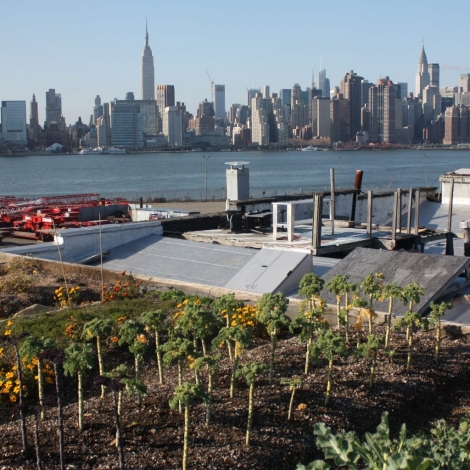A pause has been forced on urban life. Quiet roads, empty skies, deserted high streets and parks, closed cinemas, cafés and museums – a break in the spending and work frenzy so familiar to us all. The reality of lockdown is making ghost towns of the places we once knew. Everything we know about our urban world has come to a shuddering halt. For now.
The lockdown will, at some point, end. Urban life will begin to hum again to the familiar rhythms of work, leisure and shopping. This will be a huge relief for us all. Yet our towns and cities will never be the same. Indeed, things might get worse before they get better.
But it’s also the case that other crises haven’t gone away. Our relatively brief lockdown won’t solve longer-term urban problems: dependence on fossil fuels, rising carbon emissions, poor air quality, dysfunctional housing markets, loss of biodiversity, divisions between the rich and the poor, low paid work. These are going to need our attention again.
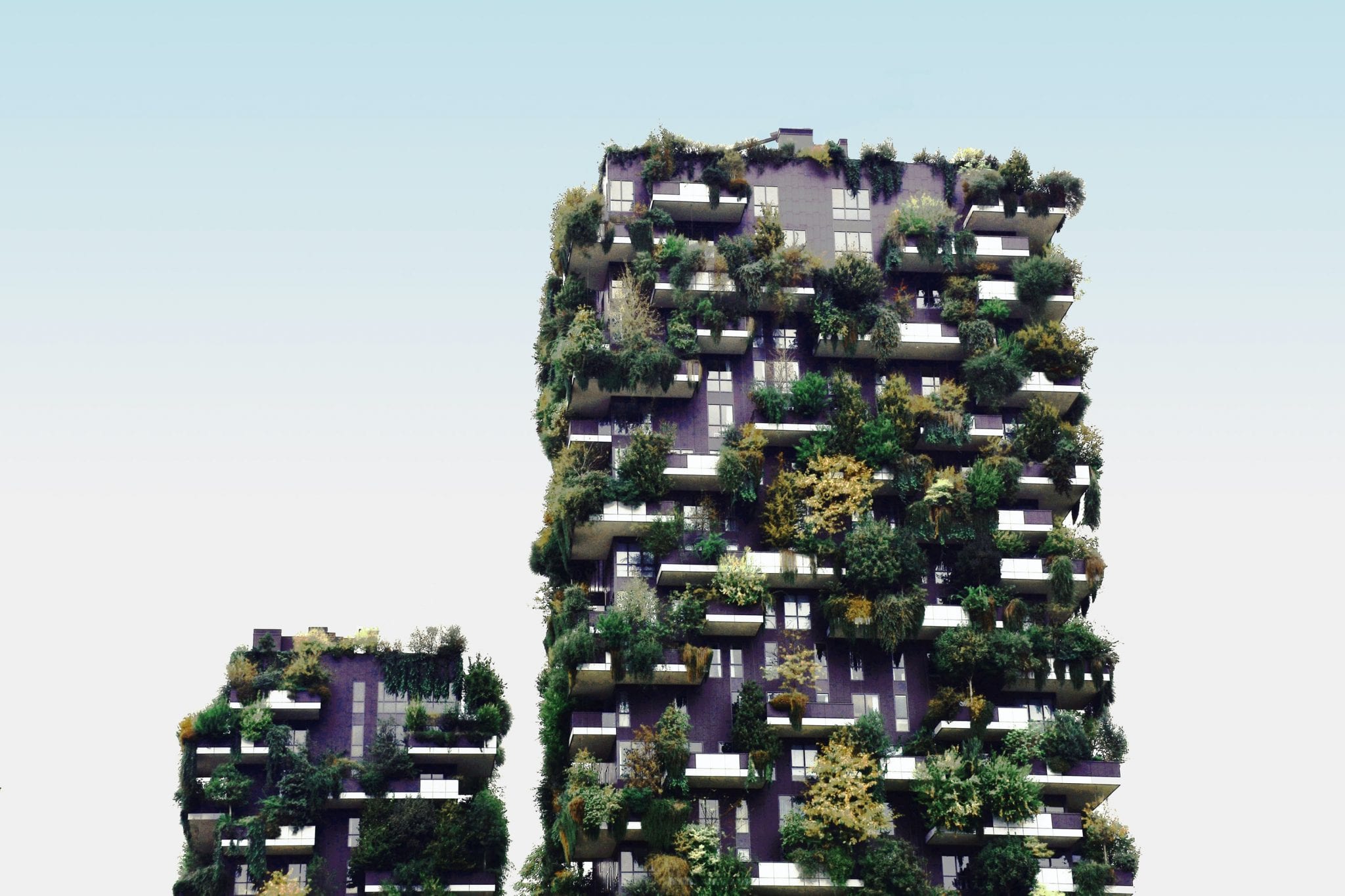
Photo: Daryan Shamkhali/Unsplash, FAL
The coronavirus crisis has offered a new perspective on these problems – and the limits of the way we have run our urban world over the last few decades. Cities are key nodes in our complex and highly connected global society, facilitating the rapid flow of people, goods and money, the rise of corporate wealth and the privatisation of land, assets and basic services. This has brought gains for some through foreign travel, an abundance of consumer products, inward investment and steady economic growth.
But we are now seeing a flip side to this globalised urban world. A densely connected world can quickly turn a localised disease into a pandemic; large areas of the economy are run by large corporates who don’t always meet basic public needs; land and resources can lie empty for years; and low paid workers in the informal or gig economy can be left exposed with little protection.
This model has the perfect conditions for creating a crisis like coronavirus. It’s also really bad at dealing with it. So something else is required to guide us into the future. The old story – in which cities compete against one another to improve their place in the global pecking order – was never great at meeting everyone’s needs. But now it’s looking very risky, given the need for increased cooperation and local resilience.
After coronavirus, a key question emerges: what in essence, is a city for? Is it to pursue growth, attract inward investment and compete against global rivals? Or is it to maximise quality of life for all, build local resilience and sustainability? These are not always mutually exclusive, but it’s a question of regaining balance. Beyond politics and ideology, most people simply want to be safe and healthy, especially faced by future threats, be they climate, weather or virus related.
Over the last 20 years as an urban geographer, I have been learning what needs to change to make cities more sustainable, green, fair and accessible. Recently, I described this in a book alongside a guide for civic leaders on how to tackle the climate emergency. Now, the lockdown has thrown us all into a real-time laboratory full of living examples of what a more sustainable future might look like. We have a perfect opportunity to study and explore which of these could be locked in to build sustainable, and safer, cities.
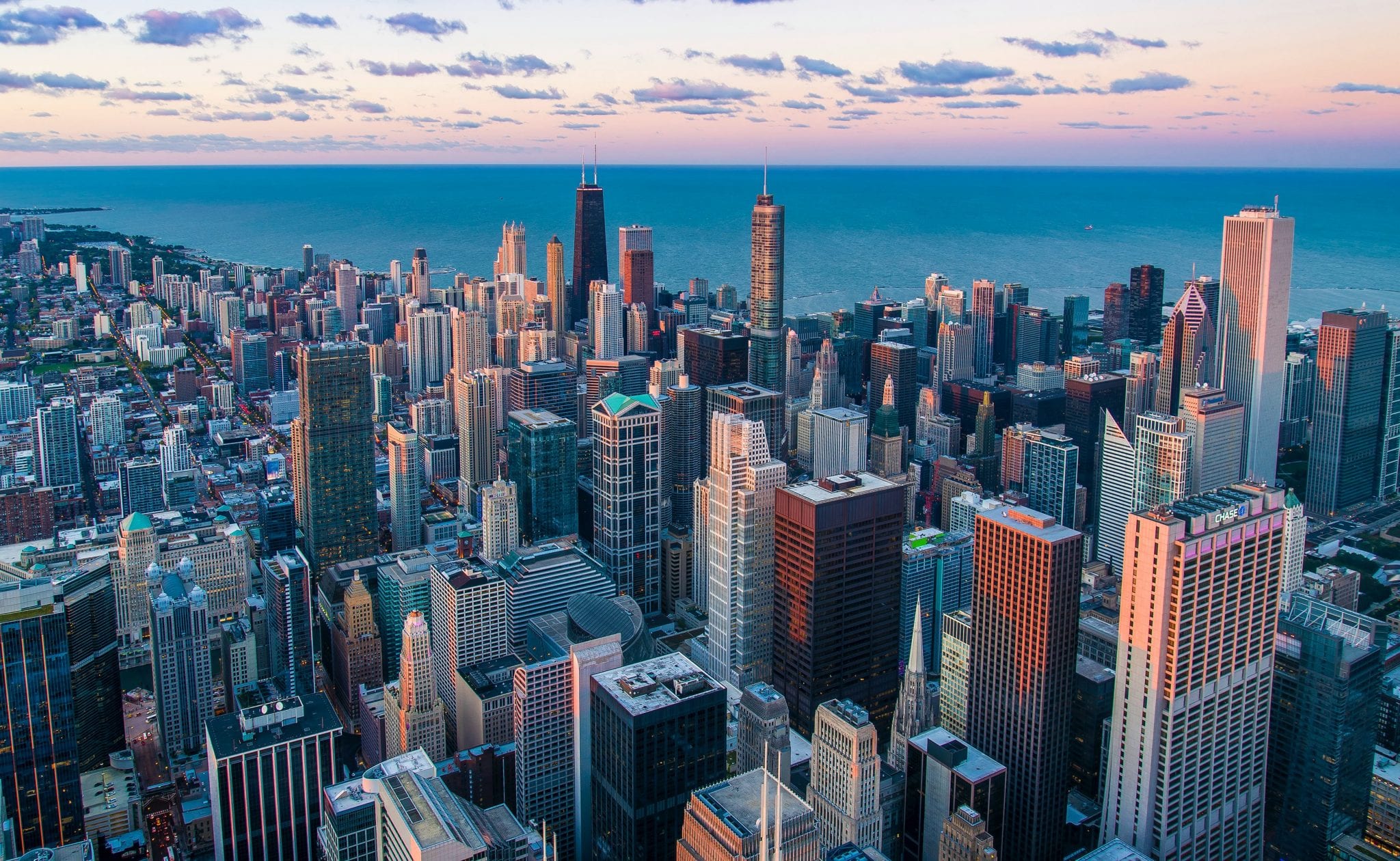
Photo: Pedro Lastra/Unsplash, FAL
This has already started. Many things have become possible in the last few weeks. In many places, rapid changes have been unleashed to control the economy, health, transport and food. We are surrounded by fragments of progressive urban policy: eviction cancellations, nationalised services, free transport and healthcare, sick pay and wage guarantees. There is also a flourishing of community-based mutual aid networks as people volunteer to help the most vulnerable with daily tasks. Yesterday’s radical ideas are becoming today’s pragmatic choices.
We can learn a lot from these crisis-led innovations as we create more permanent urban policy choices to make life more pleasant and safer for all. Below I discuss a few key areas of city life that are currently providing some options.
Breaking car dependency
Many people around the world are currently surrounded by much quieter streets. This presents us with a huge opportunity to re-imagine and lock in a different kind of urban mobility. Some cities are already doing so: Milan, for example, has announced that it will turn 35km of streets over to cyclists and pedestrians after the crisis.
Streets with fewer cars have shown people what more liveable, walkable neighbourhoods would look like. When lockdown is over and society returns to the huge task of reducing transport emissions and improving air quality, we need to remember that lower car use quickly became the new normal. This is important. Reducing traffic levels, some say by up to 60% between now and 2030, may be key to avoiding dangerous levels of global warming.
As I have previously outlined, this reduction would address many longstanding urban policy concerns – the erosion of public space, debt, the shift to out of town retail centres and the decline of local high streets, road deaths and casualties, poor air quality and growing carbon emissions. Accessible, affordable, zero-carbon, public transport is key to supporting a less car dependent urban future.
This crisis has revealed the significant inequalities in people’s ability to move about cities. In many countries, including my own (the UK), deregulation and privatisation has facilitated corporate operators to run bits of the transport system in the interest of shareholders rather than users. Millions face transport poverty, where they can’t afford to own and run a car, and lack access to affordable mass transit options. This has taken a new twist during this crisis. For many vulnerable people, whether there is a transit system to access hospitals, food and other essential services can be a matter of life or death.
COVID-19 has also highlighted how key workers underpin our daily lives. Creating good quality affordable transport for them is therefore crucial. Some awareness of this existed before coronavirus: in 2018 one French city introduced free buses, while Luxembourg made all its public transport free. But in the wake of the current crisis places across the world have been creating free transit, especially to key workers and for vulnerable people.
To meet ambitious targets for emission reductions, there needs to be a significant shift away from personal car use within a decade or so. The pandemic has offered insights into how this could be achieved through limiting car use for essential uses and those with mobility issues, with affordable public transport becoming the new norm for most people in cities.
Building active travel networks across regions also makes more sense than ever. Bikes have been seen by many places as better options for getting around. Walking and cycling infrastructure can play a huge role in getting people around effectively and also making them healthier.
The inadequacies of pedestrian space have also been revealed, especially for effective social distancing. To build in future resilience, there’s a strong rationale for creating generous pavements and sidewalks that take space from motor vehicles. And, given there are around 6,000 pedestrians killed or seriously injured in road accidents every year in the UK, a roll out of lower speed limits could help reduce hospital admissions and make a contribution in future epidemic management.
The lockdown has also brought about significant reductions in air pollution. One study estimated that the lockdown in China saved 77,000 lives just by reducing this pollution. Such reductions are particularly key given that worse air quality could increase the risk of death from COVID-19. Given the health and social care costs associated with dealing with poor air quality, current increases in cleaner air need to be locked in to reduce the burden on health services for the future.
Aviation has taken a hit, with total flights declining by more than half during the crisis. This offers a glimpse of the types and volumes of flying that might feel surplus to requirements in the future.
Cities will need to move quickly to lock in these lower mobility expectations, especially low car volumes, less aviation, quality affordable mass transit and active travel. We are all living the reality of simply travelling less, and shifting activity online. This is a huge opportunity to review working practices, leisure and retail habits, and argue for spending to support affordable and sustainable travel for all.
The socially useful city
We have become used to the shortcomings of the modern city economy – low paid and precarious jobs, independent businesses squeezed out by large corporations, land and resources shifting from private to public hands, growing divisions between rich and poor neighbourhoods. Coronavirus has thrown many of these into stark relief.
Low earning workers, especially women, have few options but to continue working and be exposed to infection, hospitals struggle for basic equipment, those in higher income neighbourhoods have better spaces for exercise and leisure.
But what has been most staggering about the response to the crisis is the rapid uptake of measures that only days ago would have been unthinkable: mortgage and rent holidays, statutory sick pay, shifts to nationalise services especially health and transport, wage guarantees, suspending evictions, and debt cancellations. The current crisis has started to rip up ideas led by the free market.
We now seem to be revaluing what matters. Rather than being considered low skilled extras on the fringes of the economy, key workers, especially in health and food, are being revered for the role they play in supporting our wellbeing. Local shops are experiencing renewed support as they offer stronger personal connections and commitment to their community. These tendencies are an opportunity to restructure high streets and create diverse local markets which can meet community needs and build resilience to weather future crises.
This crisis has also highlighted who has enough money to live on. Beyond government job retention and self-employed income schemes, more radical propositions are emerging that are changing people’s relationship to work. A universal basic income is an idea that has come of age during this crisis – an unconditional, automatic non-means tested payment to every individual as a right of citizenship. The Spanish government has agreed to roll out such a scheme nationally as soon as possible, and there is sustained interest in many other places.
The idea of a minimum income guarantee is also gaining momentum; a renewed interest in the idea of a universal and unconditional safety net that can offer dignity and safety and offer options for more sustainable living.
The social economy can provide further insights for refocusing city economies after coronavirus. Made up of community businesses, co-operatives and voluntary organisations, this social economy creates goods, services and employment that are more locally based, and community grounded in a range of areas: renewable energy, sustainable housing, food and micro finance. They build in benefits including local employment and procurement, fairer pay, better conditions, sustainable resource use, democratic accountability, and a commitment to social justice.
Derelict buildings and land banked by large scale developers could be redeployed by community organisations to build local resilience through community farms, renewables and housing, as well as leisure, local biodiversity and carbon storage.
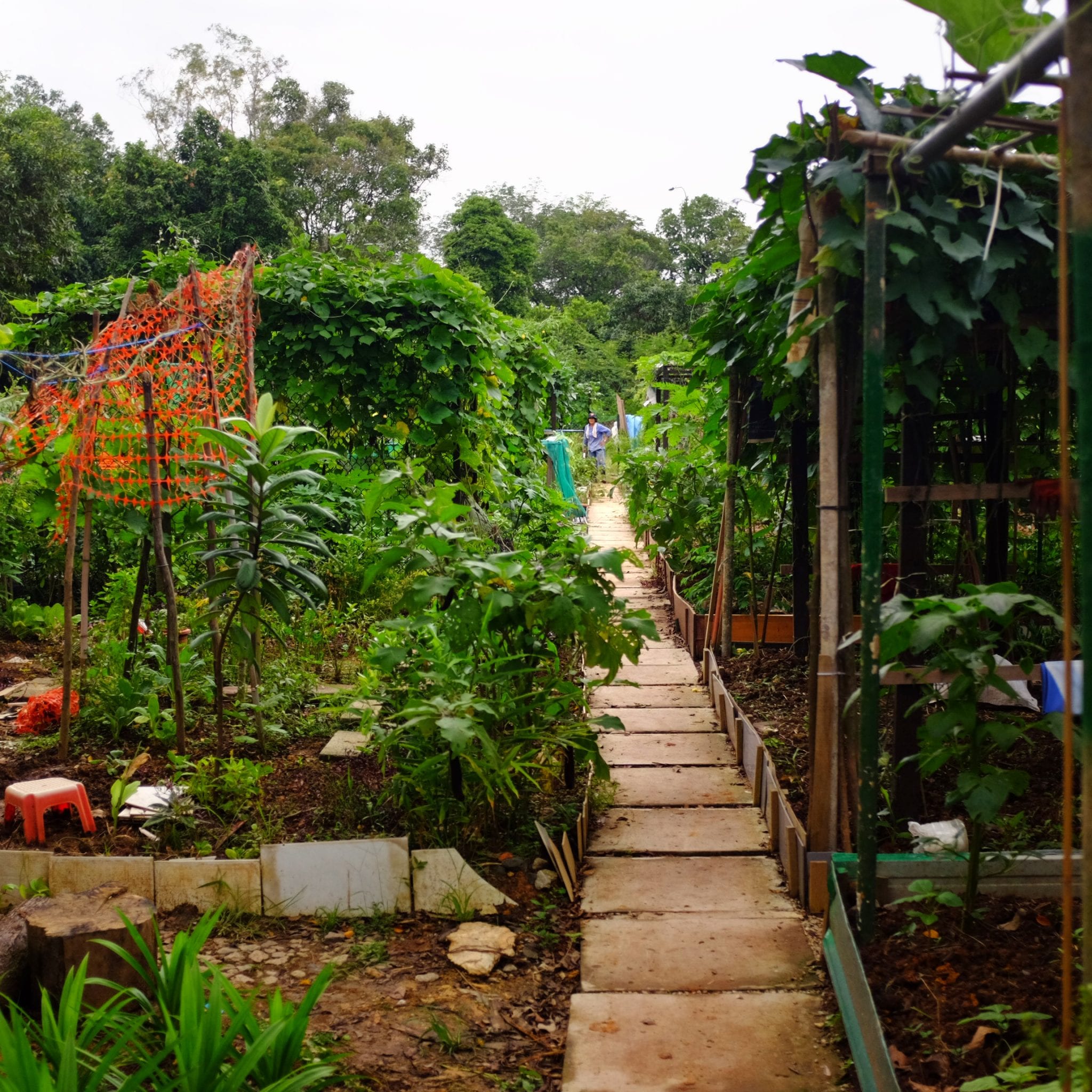
This community farm in Clementi Avenue 4 in the Bukit Timah division of Holland-Bukit Timah, Singapore, was illegally cultivated until the government officially designated it as a community farm. Photo: Jnzl (CC by 2.0)
It’s also clear that parts of the economy, such as gambling and advertising corporations, bailiffs and corporate lobbyists, are less socially useful than others. There are signs of how the economy can change in positive directions. Many firms are temporarily shifting to more socially useful production, making, for example, hand sanitiser, ventilators and medical wear.
These short term glimpses of a more socially useful economy should provide inspiration when considering future urban economic planning. Factories might transition to manufacturing wind turbines, e-bikes, insulation panels and heat pumps. And excess downtown corporate office space or luxury apartments could be retrofitted to support socially useful activities – key worker accommodation, libraries, creches, day centres, colleges for transition skills, and co-working spaces.
A green urban commons
Further greening of cities after coronavirus would offer real and widespread benefits. During lockdown, many people are more aware how little green space they have access to on their doorsteps. Many are also stuck in cramped conditions with little or no access to outdoor spaces.
Quality public and green places need to be radically expanded so people can gather and heal after the trauma of this experience. Now is a good time to supercharge such plans. Diverse green spaces directly underpin our emotional and psychological wellbeing and offer a range of positive effects on carbon sequestration, air purification and wildlife preservation.
Neighbourhood design inspired by nature can support this. Interweaving the places we live with extensive natural spaces linked to active travel opportunities can reduce car dependency, increase biodiversity and create options for meaningful leisure on our doorsteps. They can also incorporate local food production and features to cope with flooding, such as sustainable urban drainage and water gardens, further increasing future crisis resilience.
There’s also a strong rationale for prioritising street-by-street retrofit. In the event of future lockdowns during cold months, warm, low energy and well insulated homes can help reduce other problems around fuel poverty and excess winter deaths.
This moment offers a real opportunity to lay the foundations for a new deal for nature and animals. This is more important now than ever. Animals and wildlife, normally in rapid decline, are finding ways to regain a foothold in this respite of human activity – but they may be further threatened when lockdown comes to an end. Ways to create a more equal balance with our fellow species include expanding habitats for wildlife, restoring damaged natural areas, reducing dependency on intensive animal farming as well as meat-based diets.
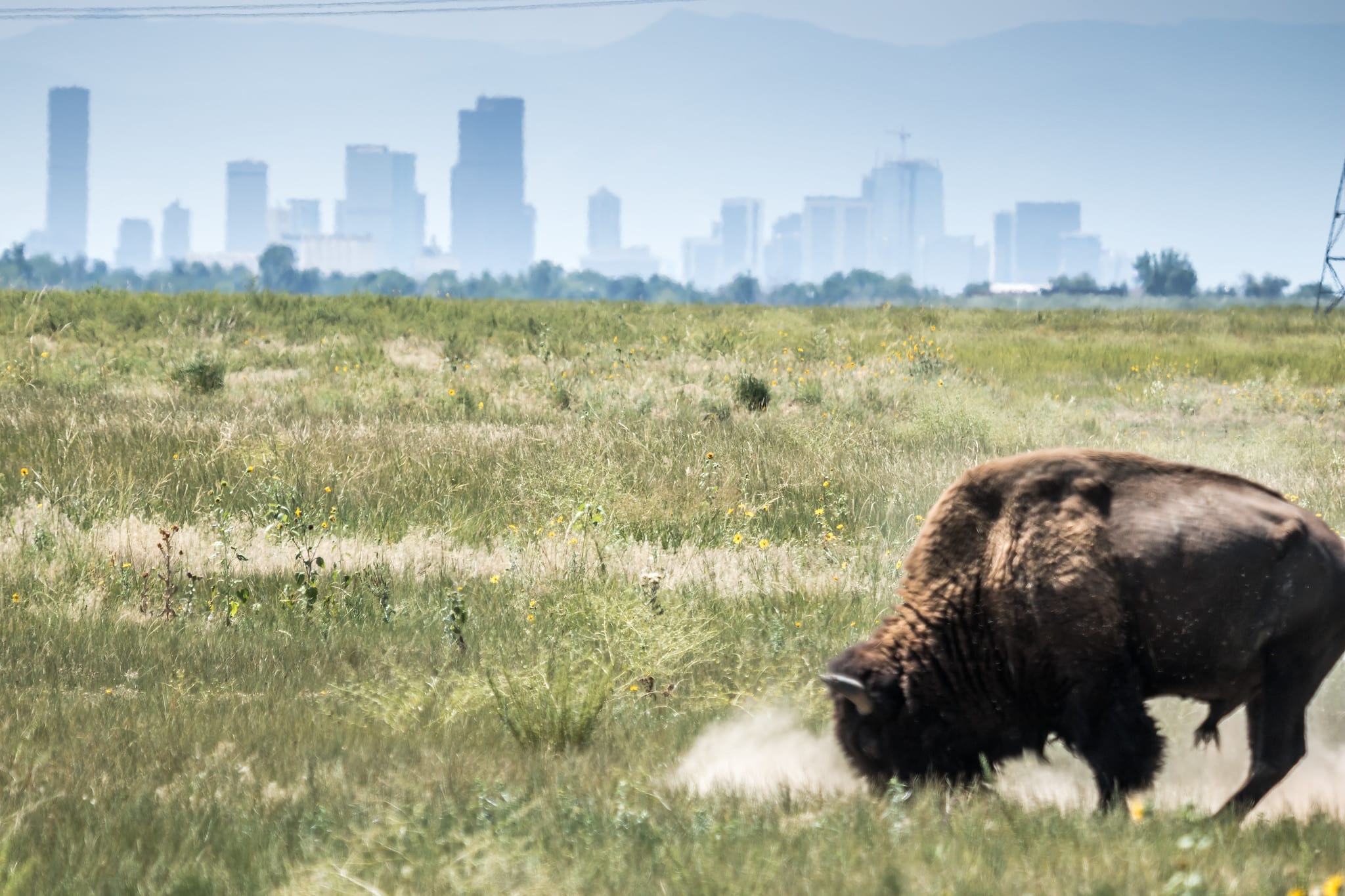
A bison forages in Rocky Mountain Arsenal National Wildlife Refuge outside of the city of Denver, Colorado. Photo: Mark Byzewski (CC BY 2.0)
In addition, researchers are starting to understand how zoonotic diseases (those transferred from animals to humans) like COVID-19 may be a hidden outcome of the global scale of human development. A recent report by the UN Environment Programme explored how the rapid growth of urban populations across the world along with reductions in pristine ecosystems, are creating opportunities for pathogens to pass between animals and people. Regenerating and protecting natural spaces could be a key part of future disease resilience.
What next?
COVID-19 clearly presents a significant juncture. There is still trauma and loss ahead. There may be market collapse and a prolonged depression. There are also tendencies towards political and corporate bodies exploiting this crisis for their own ends.
For our urban world this could mean more of the negatives discussed earlier – insecurity, privatisation, division and authoritarianism. And as lockdown ends, there may be a rebound effect, as people understandably rush to embrace travel, work and consumerism, creating a significant emissions and pollution surge.
No particular urban future is inevitable. The future story, and reality, of our towns and cities is up for grabs. The positives that are glimpsed during this crisis could feasibly be locked in and scaled up to create a fairer, greener, safer urban future. We can all live well, and even flourish, in cities even if we have and do a little bit less of the things we have become used to. Revaluing what’s important – community, friendship, family life – allows us to see how much we already have that can improve our wellbeing.
Often ideas start to converge under a single banner. Many in this article can be understood through the idea of the Green New Deal – a proposed set of policies to tackle climate change and inequality, create good jobs and protect nature. It’s an approach which has a lot to offer cities after this coronavirus crisis. It points to an urban economy based on key foundations of public services, an economy operating within the ecological limits of our precious biosphere, with a social safety net for all. These ideas are now being seriously considered by some cities, such as Amsterdam, as they think about how to rebuild their economies.
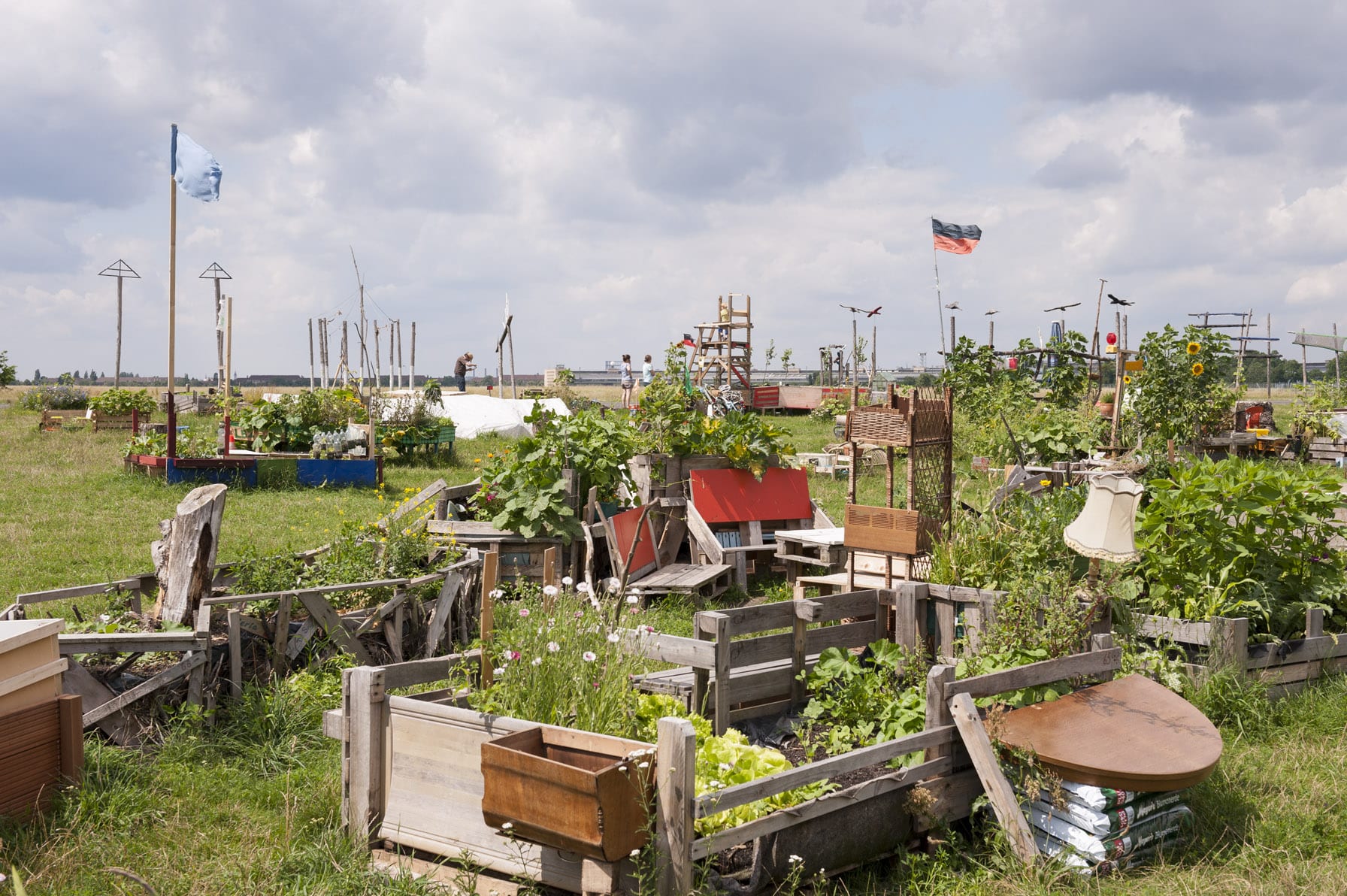
Allotments have been made in an old airport, Tempelhofer Feld, Berlin (Germany). Photo: visitBerlin (CC BY-NC-ND 2.0)
How city governance responds in this crisis and afterwards will be key. There will certainly be a much bigger role for the state, and this might be more authoritarian as recent emergency powers over border controls, surveillance and enforced quarantines attest.
But there is a way of countering these tendencies – by creating an enabling, responsive, participatory state where solutions are reached with citizens, rather than imposed on them. A meaningful state-civil society contract means the state can act powerfully but also take the side of citizens, through, for example shifting assets, resources, taxes and welfare in their favour. We are seeing glimpses of this already through a new municiaplism, with Barcelona as one of the leading examples.
It’s difficult to predict how things will actually turn out in such a fast moving environment. What I have presented here are some glimpses of doable, commonsense actions that could be used to build sustainable cities out of the coronavirus crisis.
Ten ideas to improve cities
These can be summed up in ten ideas that cities could implement after this crisis:
- Reallocate road space for daily exercise and active travel
- Subsidise free buses for key workers, and re-regulate public transport to create affordable, zero-carbon mass transit
- Trial wage guarantee or basic income schemes to make sure no one is left behind
- Shift subsidies to promote socially useful production
- Plan to ensure homes are warm and comfortable for any future crises
- Allocate unused land for exercise, leisure, wildlife and biodiversity
- Support community businesses and provide land to increase the supply of local food
- Commit to speed reductions to reduce deaths and ease the strain on health services
- Create more support for local businesses and invest in local shops and high streets
- Use indicators to count the things that matter, especially unpaid care work, key workers, quality of life, and environmental protection.
About the Author
Paul Chatterton is Professor of Urban Futures at the University of Leeds in Leeds (UK).
This article is republished from The Conversation under a Creative Commons license. Read the original article.

The Insights team generates long-form journalism derived from interdisciplinary research. The team is working with academics from different backgrounds who have been engaged in projects aimed at tackling societal and scientific challenges.This article is part of Conversation Insights.
